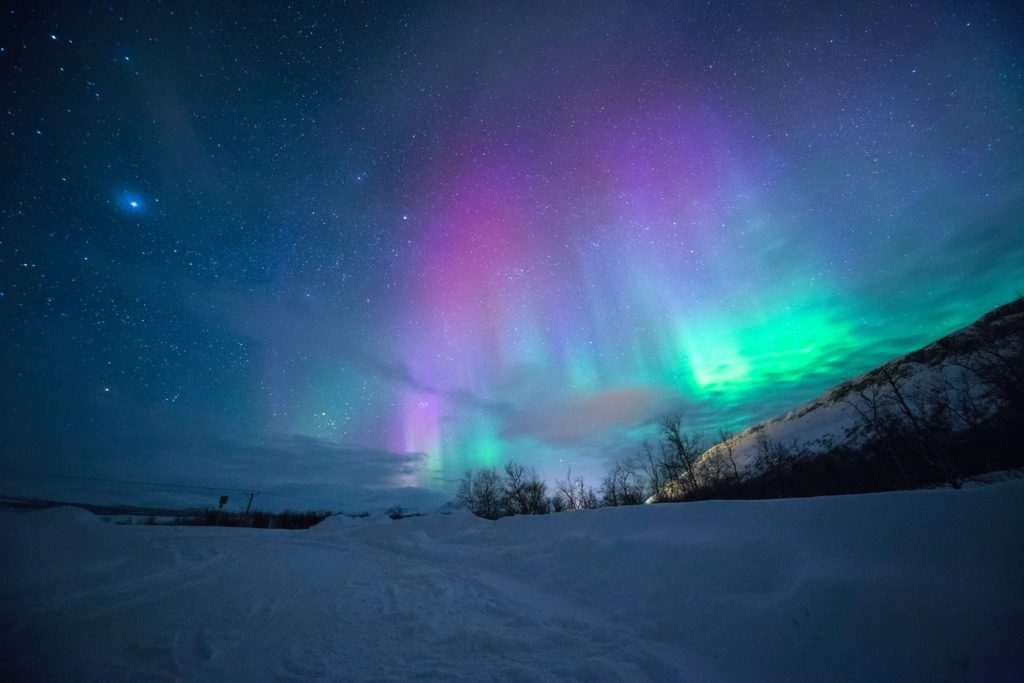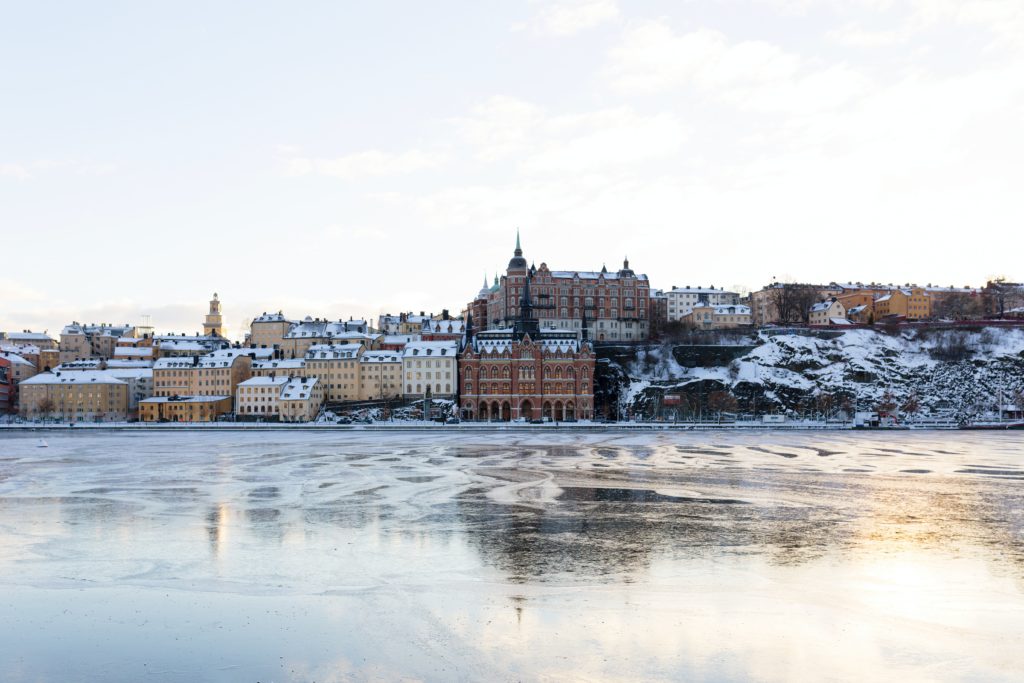Scandinavia At A Glance
Countries: Denmark, Norway, and Sweden
Languages: Danish, German, Norwegian, Swedish
Currencies: Danish Krone, Norwegian Krone, Swedish Krona
Climate: Winters are very cold, depending on your location, but spring and summer are mostly mild and pleasant. Fall ranges from 50-30 °F and gets especially chilly at night.
Best Time to Visit: June-August
Popular Cuisine: Cloudberries, Elk, Crayfish, Lingonberries, Prinsesstårta, Gravlax, Svartsoppa

Nyhavn, København, Denmark

Steinsdalsfossen, Norheimsund, Norway

Södermalm, Stockholm, Sweden

Egeskov Castle, Egeskov Gade, Kværndrup, Denmark

Lofoten Islands, Svolvær, Norway

Lyngvig Fyr, Holmsland Klitvej, Hvide Sande, Denmark

Tromsø, Norway

Härnösand, Sweden
Our Favorite Destinations:










Copenhagen
The capital city of Denmark began as a fishing village in the 10th century. It is known for its emphasis on green living, design, architecture, gastronomy, and for having the world’s oldest monarchy. Some important sites include city hall, Tivoli, Ny Carlsberg Glyptotek, Christiansborg (parliament), the former stock exchange market, Kongens Nytorv (public square) and the harbor quarter Nyhavn.
Rosenborg Castle
Located in Copenhagen, the castle was built between 1605-1634 as a summer residence for Christian IV. The banquet hall features the the royal thrones decorated with narwhal tusks, guarded by three silver lions. The treasury stores the crown jewels and the Queen’s jewelry.
Frederiksborg Castle
This castle was built in Hillerød, Denmark for Christian IV in the 17th century. It was badly damaged by a fire in 1859, but was restored based off of old plans and paintings. Today, the castle is the home of The Museum of National History, which features paintings, furniture, and portraits. It also has a chapel and gardens.
Roskilde Cathedral
This cathedral is the most important church in Denmark and one of the earliest building to be built in brick Gothic style. It is also the official burial site of the Danish royal family. The cathedral was completed in 1280. It is now a UNESCO World Heritage Site.
Odense
Odense is known as the home of Hans Christian Andersen. The H.C. Andersen house and childhood home are located in the middle of town, featuring exhibitions of his life and the world around him.
Stavanger
Stavanger is the oil capital of Norway and has a large international presence. The bay is protected from the North Sea and has a beautiful archipelago with a number of charming islands and fjords. The old town “Gamle Stavanger” is the oldest residential area with carefully restored wooden houses built in the late 17th century and early 18th century.
Bergen
Bergen is the gateway to the fjords and it is believed to have been founded in 1070 by King Olav and was the former capital of Norway. Today, 10% of the city’s population is students and it is known as Norway’s window to the world. Interesting places to stop here include the Bergen Aquarium, Sandviken, and the old Hanseatic wharf.
Lillehammer
Lillehammer is located at the northern tip of Mjøsa, the largest lake in Norway. The city offers some museums, one of which is open-air, and the Olympic establishment for the winter games.
Oslo
Oslo is located at the end of an island-studded fjord, bordered by forest-covered hills. It is believed to have been founded in 1048 and is the site of the oldest church in Scandinavia. Other places to see include Aker Brygge, Karl Johans gate, the Viking Ship Museum, and Vigeland sculpture park.
Stockholm
The Swedish capital is built on 14 islands around Europe’s largest and best-preserved medieval city centers. It offers museums, theatres, attractions, and a variety of events. Other things to do include visiting City Hall (Stadshuset), the cathedral Storkyrkan, the Vasa Museum, and the royal palace, or taking a boat tour to the archipelago.


